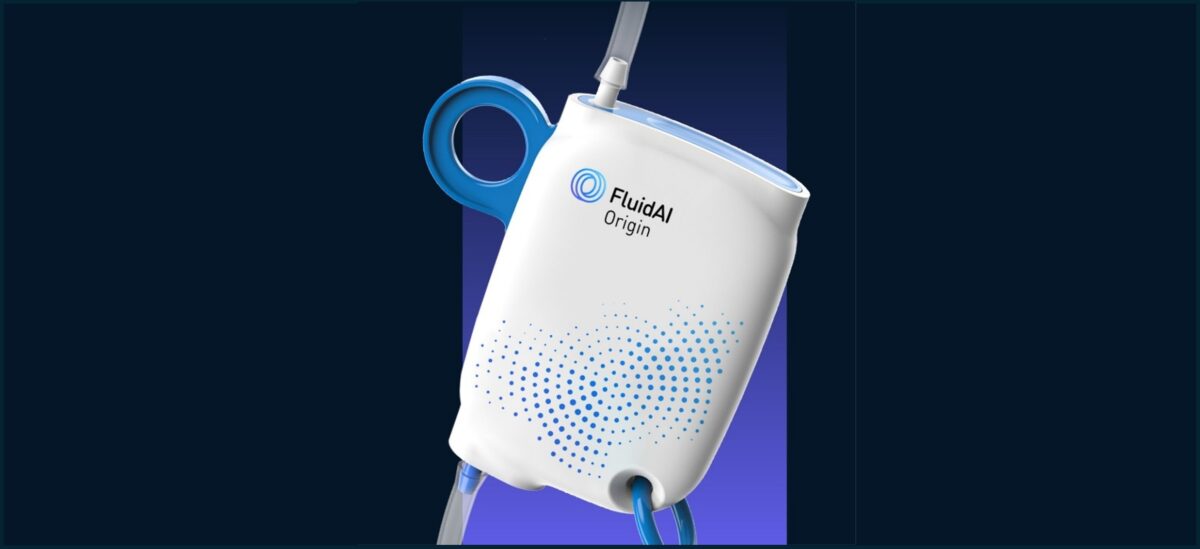Researchers from Ohio State University in the US and the University of Science and Technology of China have developed tiny capsules capable of keeping two cancer drug ingredients separated until they are triggered by a signal to mix at the site of a tumor. The drug delivery system could prevent toxic chemotherapy drugs from affecting healthy cells, while still ensuring that they are targeted toward cancer cells.
The researchers demonstrated their new technology by filling 100 micron capsules with two different liquids. The liquids remained separate until an external trigger – such as a vibration or heat – caused them to mix.
While the researchers have yet to try the technique using chemotherapy drugs, their experiment proved the fluid dynamics of keeping two substances apart inside a capsule, is possible. If the microencapsulation technology is put to use with cancer drugs, the product will need to be tested in clinical trials to ensure its safety and effectiveness.
“One of the limitations of chemotherapy is that less than 5 percent of the drugs typically get to the tumor, while the rest can be absorbed by other organs,” said Ronald Xu, a professor in biomedical engineering at The Ohio State University. According to the researchers, the microcapsules could resolve this issue by allowing the drugs to be delivered to the tumor site and subsequently activated.
Cancer patients undergoing chemotherapy often experience a number of unpleasant side effects, including hair loss. As cancer drugs are designed to target rapidly-dividing cells – such as those found in a tumor – hair follicles are often affected because of their high rate of division.
Developing a device capable of producing tiny capsules was a challenge for the researchers. Xu and his colleagues designed a machine capable of dispensing two different ingredients through parallel needles. These inner needles are inserted inside a larger needle which dispenses the sodium alginate necessary to form the outer capsule shell.
Depending on the flow rate of the liquids through the needle and the resulting capsule size, the researchers were able to produce 1,000 to 100,000 microcapsules per second. Furthermore, the liquids inside did not mix due to surface tension, and there was virtually no waste of ingredients.
The team says that the major merits of the new device are its high yield and efficiency, and the uniformity of the resulting capsules. With a little modification, the device could even be used to create droplets the size of a red blood cell – about three to five microns across.
They also point out that more inner needles could be added to the machine in order to allow for microencapsulation of three or more active ingredients. According to the researchers, the device could also have applications in the field of regenerative medicine.
Sources:












Join or login to leave a comment
JOIN LOGIN